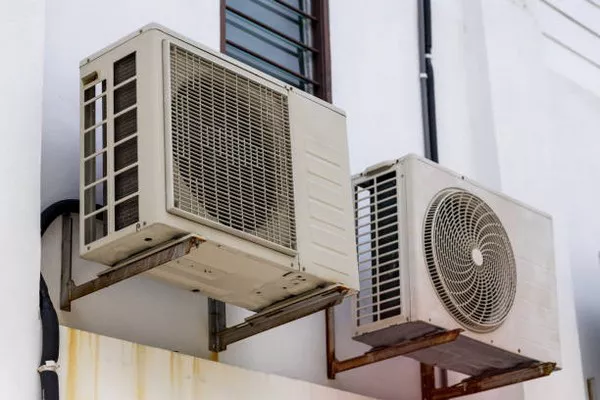In the realm of refrigeration, where temperature control is paramount, the compressor stands as a linchpin in the functionality of the entire system. Its purpose extends beyond mere mechanical motion, playing a pivotal role in transforming refrigeration systems from a concept into a practical and efficient reality. In this article, we delve into the intricate details of what makes compressors indispensable in refrigeration systems, exploring their functions, types, and the critical role they play in maintaining optimal temperatures.
The Fundamental Function of a Compressor
At its core, a compressor is a mechanical device designed to increase the pressure of a gas, typically a refrigerant, by reducing its volume. This process is fundamental to the refrigeration cycle, where the refrigerant undergoes changes in pressure and temperature to absorb and release heat, facilitating the cooling or freezing of a space.
One of the primary functions of a compressor is to compress the low-pressure, low-temperature gas coming from the evaporator unit. As the refrigerant is compressed, its temperature and pressure rise significantly. This high-pressure, high-temperature gas then moves to the condenser unit, where it releases heat to the surroundings, causing the gas to condense into a high-pressure liquid.
Types of Compressors
Compressors come in various types, each tailored to specific applications and operational requirements. The two main categories are positive displacement compressors and dynamic compressors.
Positive Displacement Compressors:
a. Reciprocating Compressors: These compressors operate by using a piston within a cylinder to compress the refrigerant. Reciprocating compressors are commonly employed in smaller refrigeration units, where their compact size and efficiency are advantageous.
b. Rotary Compressors: In this type, compression is achieved through the rotation of a vane, scroll, or screw mechanism. Rotary compressors are known for their smooth operation, reduced vibration, and suitability for medium-sized refrigeration systems.
c. Scroll Compressors: These compressors utilize orbiting and fixed scrolls to compress the refrigerant. They are often chosen for their efficiency, low noise levels, and compact design, making them a preferred choice in air conditioning systems.
Dynamic Compressors:
Centrifugal Compressors: Dynamic compressors, such as centrifugal compressors, operate by imparting kinetic energy to the refrigerant and then converting it into potential energy. Centrifugal compressors are commonly used in large-scale refrigeration and air conditioning systems due to their high capacity and reliability.
The Importance of Compressor Efficiency
Efficiency is a critical aspect of any refrigeration system, and compressors play a significant role in determining overall efficiency. The efficiency of a compressor is often measured in terms of its ability to compress the refrigerant with minimal energy consumption.
Modern compressors incorporate advanced technologies, such as variable speed drives and sophisticated control systems, to enhance efficiency. Variable speed compressors adjust their speed based on the cooling load, optimizing energy consumption and reducing wear and tear on components. This adaptability not only contributes to energy savings but also extends the lifespan of the compressor, resulting in a more sustainable and cost-effective refrigeration system.
Maintaining Optimal Temperatures
The core objective of any refrigeration system is to maintain specific temperature levels within a controlled environment. The compressor plays a pivotal role in achieving and sustaining these temperatures by regulating the pressure and temperature of the refrigerant throughout the system.
As the compressed refrigerant travels through the condenser, it releases heat to the surroundings, causing it to condense into a high-pressure liquid. This liquid then moves to the expansion valve, where it undergoes a rapid expansion, leading to a decrease in temperature. The now low-pressure, low-temperature refrigerant enters the evaporator, absorbing heat from the surroundings and completing the cycle. The compressor’s ability to maintain precise pressure differentials ensures the effective transfer of heat, enabling the refrigeration system to achieve and sustain the desired temperatures.
See Also: What Does An Air Compressor Do In A Car
Conclusion
In the intricate dance of refrigeration systems, the compressor takes center stage as the choreographer, orchestrating the movement of refrigerants to achieve optimal temperature control. Its significance lies not only in its mechanical prowess but also in its ability to enhance efficiency, reduce energy consumption, and extend the operational life of the entire system. As technology continues to evolve, the role of compressors in refrigeration systems becomes increasingly sophisticated, ushering in an era of smarter and more sustainable cooling solutions. In the pursuit of precision and efficiency, the compressor remains an indispensable component, driving the advancement of refrigeration technology into a future where cooling is not just a luxury but a necessity met with unparalleled efficiency and reliability.

